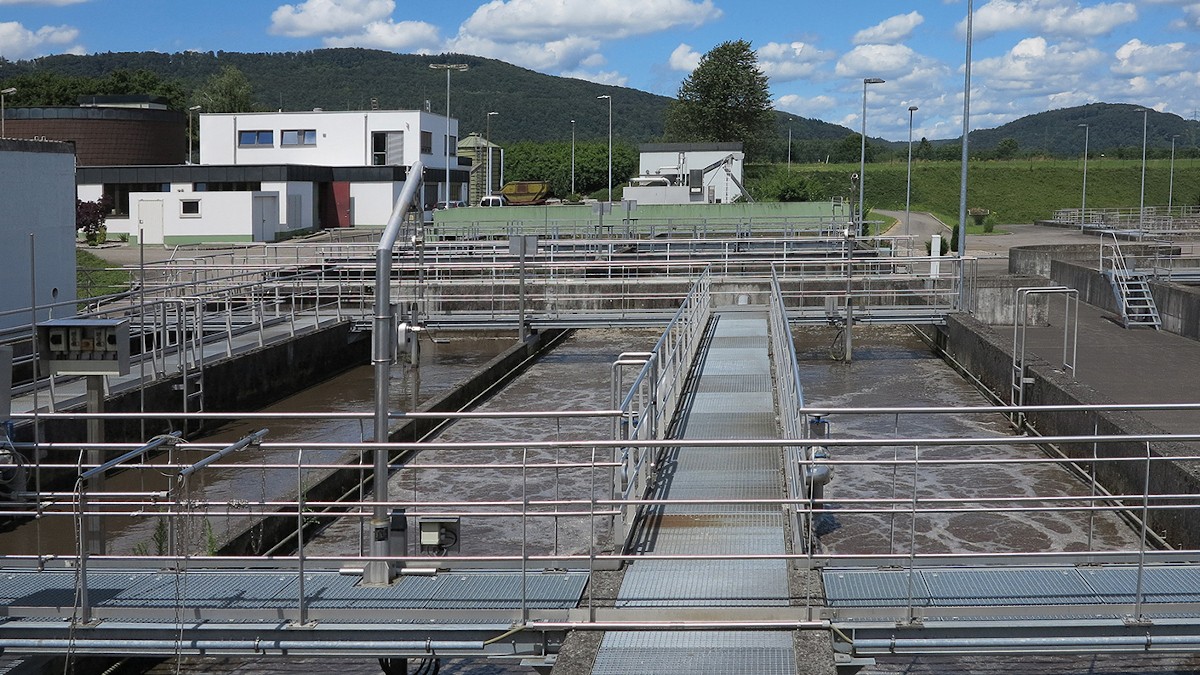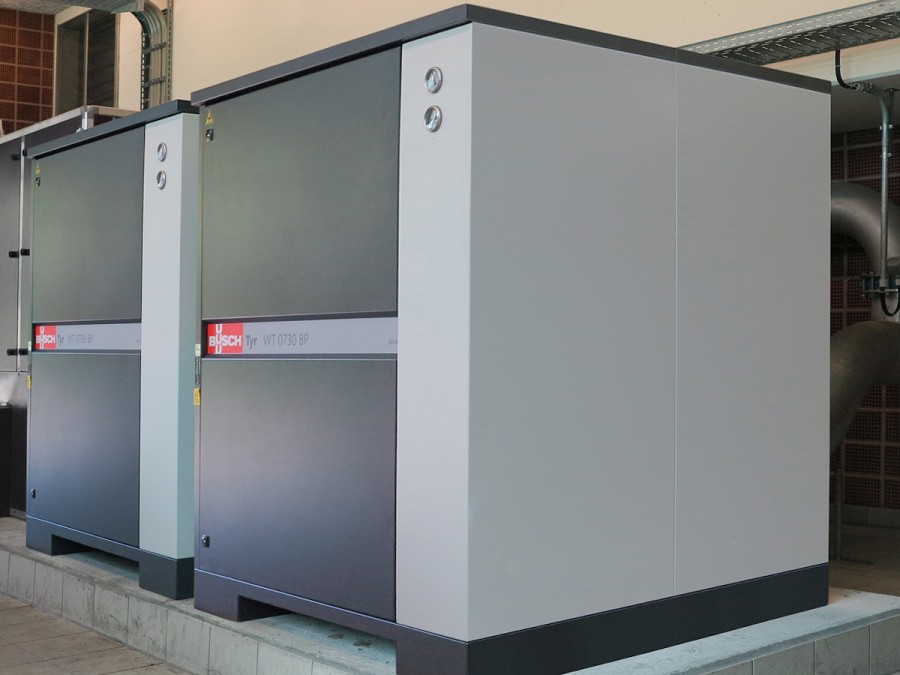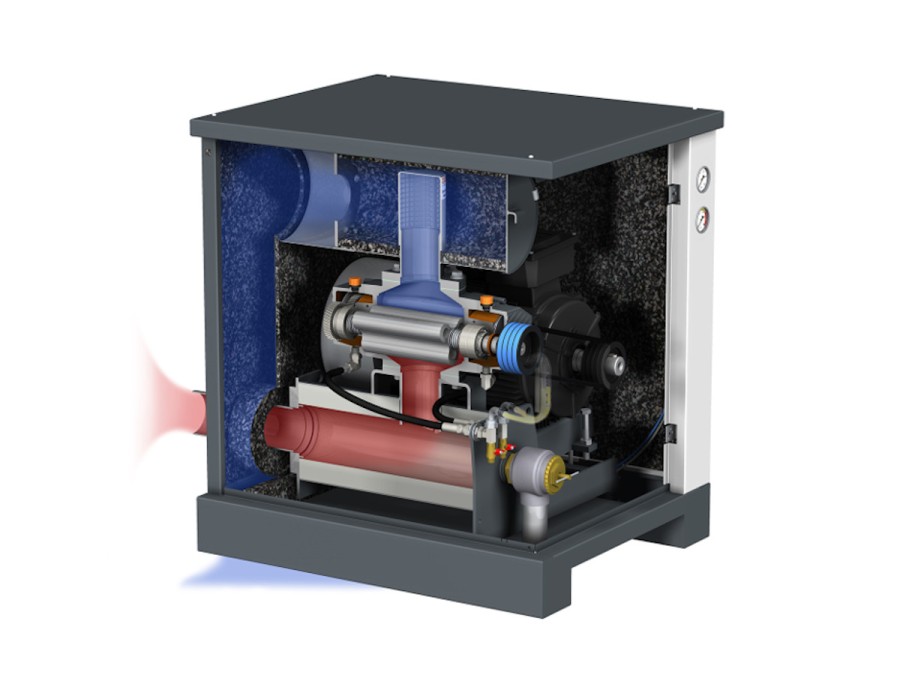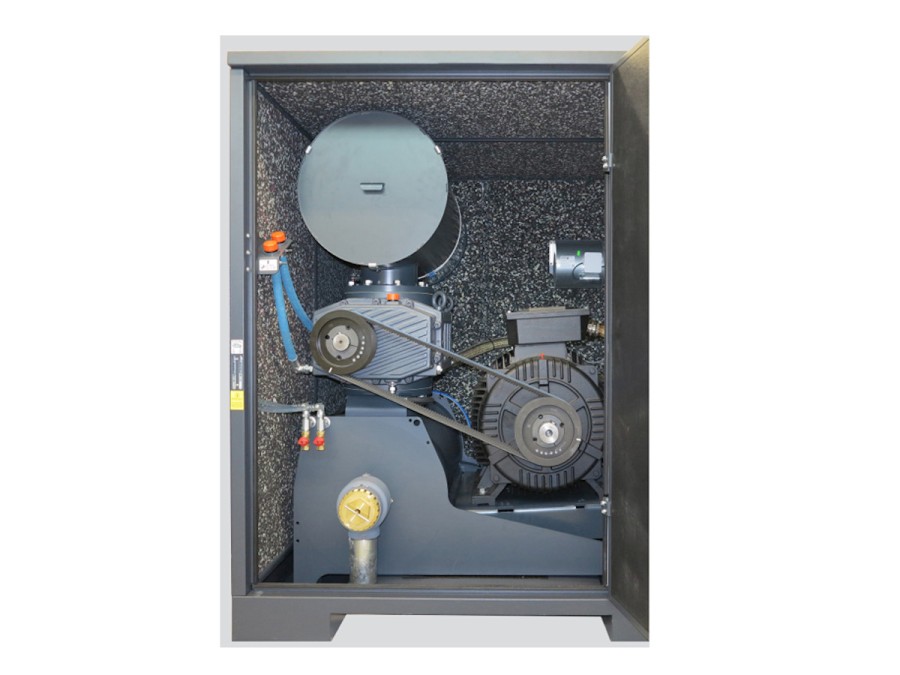
Fig. 1: Aeration channels in a municipal wastewater treatment facility. Source: Busch Vacuum Solutions.
Energy-Saving Oxygenation of Aeration Tanks
Biological wastewater treatment
In municipal wastewater treatment facilities, aerobic biological wastewater treatment usually takes place in an aeration tank or aeration channel after the primary sedimentation tank. The wastewater is aerated with rotary lobe blowers to provide the micro-organisms with oxygen. Busch Vacuum Solutions launched a new series of rotary lobe blowers for this application that ensure reliable oxygen injection.
When it comes to aerating aeration tanks in wastewater treatment facilities, mechanical rotary lobe blowers have become the first choice among the technologies that can be used for overpressure generation. With the new TYR rotary lobe blowers (fig. 1), Busch Vacuum Solutions has sought to set new standards in this application. In the process, the worldwide specialist for vacuum and compressed-air technology can look back at over 50 years of experience in this sector.
Busch covers a performance range of 2.5 to 73 cubic metres volume flow per minute at an overpressure of 1 bar with its TYR rotary lobe blowers. Because operating wastewater treatment facilities constitutes significant financial costs for all municipalities, wastewater treatment facility managers and those responsible for the technology agree that all energy-savings potential must be achieved in a wastewater treatment facility to guarantee the most energy-efficient operation possible and thus reduce operating costs. Busch further developed the proven rotary lobe profile, thus achieving more effective air compression with a blower stage perfectly adjusted in terms of flow. IE3 efficiency class energy-saving motors are standard and also suitable for frequency-controlled operation, further increasing energy-efficiency.
A great deal of importance was placed on compactness and quiet operation when designing the TYR rotary lobe blowers. This resulted in compact units (fig. 2) that can be installed in small spaces. In addition, reduced noise emissions were achieved thanks to an innovative noise insulation design. The use of helical and highly precise gears, noise-optimized inlet and outlet filters, as well as an efficient acoustic enclosure, opened the way for this noise reduction to be achieved when compared with conventional blowers.
-

Fig. 2: TYR rotary lobe blower in the machine room of a wastewater treatment facility. Source: Busch Vacuum Solutions.
Operation of TYR rotary lobe blowers can be controlled in different ways. They can be connected to the wastewater treatment facility’s control system using a PLC control system. If the continuously measured oxygen level in the aeration tank falls below a minimum value, a blower automatically switches on and remains in operation until the maximum value is achieved. For larger or for multiple aeration tanks, several TYR rotary lobe blowers can be installed. Depending on the oxygen requirements, several TYR rotary lobe blowers can be operated simultaneously or alternately to achieve similar operating times for all blowers. For frequency-controlled rotary lobe blowers, the oxygen supply does not have to be controlled by the operating time of the individual blowers; rather, it can be controlled by the speed and thus the generated volume flow of a blower. Speed control allows more precise oxygen injection into an aeration tank. In practice, this means that the minimum and maximum values are closer to one another. Simpler controls without a variable-frequency drive are also possible. If, for example, two identical TYR rotary lobe blowers are used to aerate an aeration tank, these are designed in such a way that, together, they generate a volume flow designed for the highest dirt load. The Schlammersdorf-Vorbach wastewater treatment facility in the Upper Palatinate region of Germany, for example, uses two TYR rotary lobe blowers. Both blowers can be operated at two different speeds. Depending on the oxygen supply required, they can run at full speed or at half speed. This allows operation without frequency control with four levels of volume flow, which enables further energy savings. Wastewater treatment facility managers and those responsible for the technology are won over by the TYR rotary lobe blower’s reliability and ease of operation. For Jürgen Nass, Operations Manager at the Rheinfelden-Herten wastewater treatment facility, the advantages are obvious:
The oil levels for the gears and bearings can be checked from outside via inspection windows when the acoustic enclosure is closed. An oil change is simple to perform, as the oil filling holes and the oil drain valves are easily accessible once the door of the sound absorbing cabinet is opened. The inlet filter is fitted in such a way that it can be taken out at the front without the risk of impurities falling onto the blower. After a year of operation there have not been any malfunctions whatsoever, let alone a failure of a blower.
-

Fig. 3: TYR rotary lobe blowers from Busch. Source: Busch Vacuum Solutions.
-

Fig. 4: View into the opened acoustic enclosure of a TYR rotary lobe blower. The oil filling and draining openings as well as the oil level inspection windows that can be viewed from outside are in the foreground. Source: Busch Vacuum Solutions.